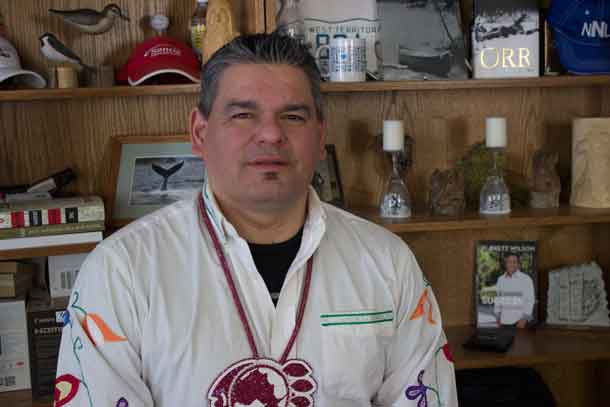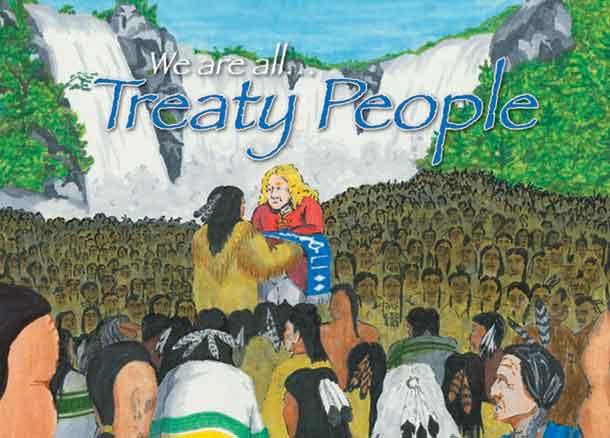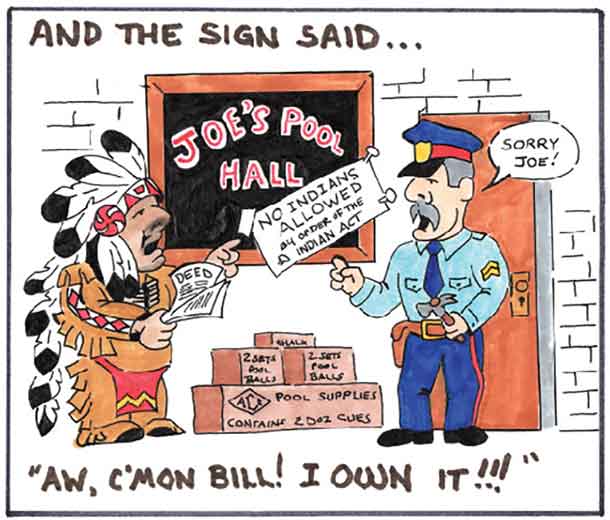
“One hundred and forty years ago today, on April 12, 1876, the federal government attempted to limit and strip our inherent and Treaty rights with the passage of the Indian Act, transferring all power over our daily lives to bureaucrats in Ottawa,” said Ontario Regional Chief Isadore Day. “The Indian Act has been amended over the years, but it still remains an oppressive, racist piece of legislation that continues to inflict irreparable damage upon our Peoples.”
First passed in 1876 and still in force with amendments, the Indian Act is the primary document which governs how the Canadian state interacts with the 614 First Nation bands in Canada and their citizens. Throughout its long history the Indian Act has been an ongoing source of controversy and has been interpreted in many ways by both Indigenous and non-Indigenous Canadians. The legislation has been amended many times, including over twenty major changes made by 2002.
“The suicide crisis in Attawapiskat – and far too many other ongoing crises across the country – are rooted in the poverty and despair that was created by the Indian Act. Our Peoples signed Treaties with the intent to share the lands and resources equally with the new Canadians. We did not expect to be exiled to reserves. We did not expect to be placed under the power of Indian agents, who controlled when and where we could leave our tiny parcels of land. We did not expect to be subjected to forced assimilation and cultural genocide.
Perhaps most damaging is that our traditional leadership was replaced by Indian Act band governments, where most elections take place every two years. Our traditional livelihoods were destroyed. Far too many of our people became dependent upon welfare systems. The ongoing impacts of the generational dysfunction created by Residential Schools, coupled with today’s poverty and despair, has resulted in an endless litany of broken spirits and broken lives.
We now live in a Canada where over half the children in the child welfare system are Indigenous; there are countless missing and murdered women and girls; far too many of our Peoples in prison; far too many of our youth attempting suicide. The list goes on.
How do we end this shameful, oppressive, racist system once and for all? The most comprehensive answers and recommendations have been with us for 20 years. The 1996 Royal Commission on Aboriginal Peoples (RCAP) recommended replacing the authority of the Indian Act with Indigenous self-government and self-determination as recognized by international laws. RCAP recommended that Indian Affairs be replaced with two departments: one to help implement self government and one to provide services until all communities were self-governing and self-sufficient.
The Indian Act should be eliminated so that First Nations can face today and tomorrow’s challenges, while reflecting a partnership with every Canadian. We know that history has consistently proven than institutionalized subjugation of Indigenous Peoples is exploitative and reprehensible. It is not only damaging to the Indigenous Peoples themselves but for all of society. The Indian Act and the reserve system should have been respectively repealed and eliminated long ago.
Both RCAP and last years’ Truth and Reconciliation Commission recommended that this process begin with a new Royal Proclamation of Reconciliation. This would build upon the Royal Proclamation of 1763 and the 1764 Treaty of Niagara, reinforce the original Treaty relationship and re-establish a true Nation-to-Nation relationship.
In the late 1940s, South Africa looked for a precedent in order to enact their apartheid laws; they found it in our Indian Act. The Indigenous Peoples were viewed as children or wards of the state, to which the government had a paternalistic duty to protect and civilize. The Indian Act continues to govern the land, the people, the resources and our future: everything that we are as Indigenous Peoples. We know the right approach and we are working slowly towards it. The right approach is firmly grounded in respect for Treaties and the inherent rights of First Nations through tripartite, nation-to-nation relationships.
This new federal government has signalled that no relationship is more important than the relationship with Indigenous Peoples. Every single Minister has that directive in his and her mandate letters,” concluded Regional Chief Day. “Now is the time to move beyond the rhetoric and kind words. Now is the time to put the political will into action. Now is the time to end Canada’s shameful past and equally deplorable present. We must sit down together right now and begin building a better country for all.”






